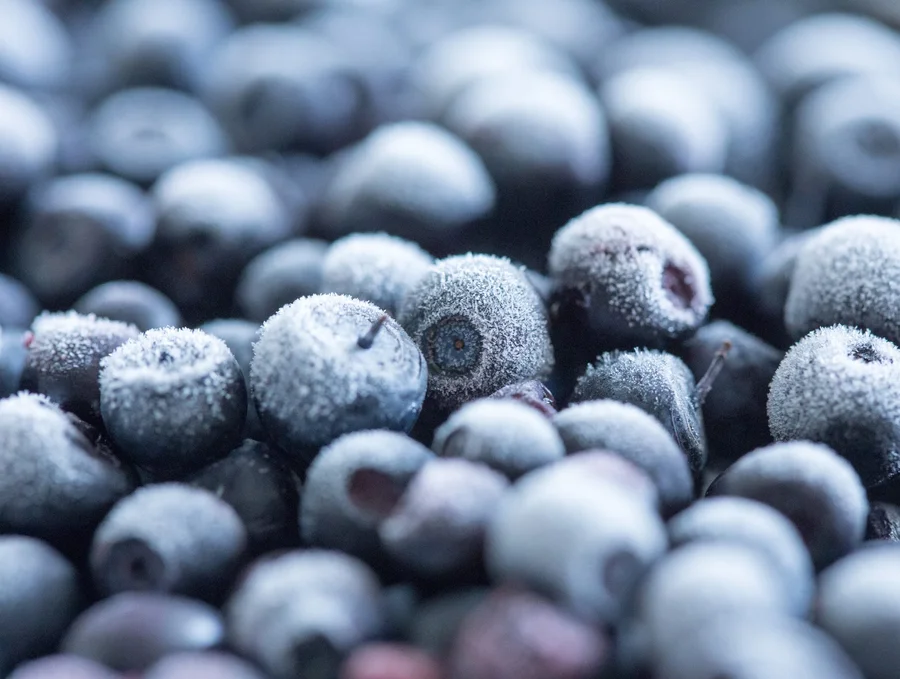Frozen food brings benefits but freezers are responsible for a huge amount of carbon emissions, something DP World’s Move to -15°C wants to change.
Freezing not only keeps food fresh for longer, but also simplifies meal preparation and minimises waste by effectively storing leftovers.
The frozen food market was valued at US$292bn in 2020 with around 1.4bn domestic freezers and refrigerators used around the world.
But managing such a big market demands a lot of energy and, unlike other electronic devices, freezers must remain on continuously.
The Move to -15°C Coalition aims to make a difference in food supply chains by “resetting frozen food temperature standards”.
Launched in 2023 by DP World, the coalition wants to decrease greenhouse gas emissions, support global food resources and reduce costs in the supply chain.
The Coalition is packed with big names, from shipping giants like Maersk and AJC Group to supermarkets Morrisons and Iceland.
The benefits of switching to -15°C
Since the post-war period, the domestic freezer has become a staple in many households.
Nearly a hundred years ago, -18°C was established as the standard freezing temperature for food preservation.
It might be time for a change. Research from the Paris-based International Institute of Refrigeration, the University of Birmingham and London South Bank University, among others, shows that raising that temperature by just three degrees could make a big difference.
RESEARCH SHOWS RAISING FROZEN FOOD TEMPERATURE STANDARDS COULD:
- Save 17.7 million metric tonnes of CO₂ per year
- Create energy savings of around 25TWh
- Cut costs in the supply chain by at least 5% and in some areas by up to 12%
Maha AlQattan, Group Chief Sustainability Officer at DP World, says: “Frozen food standards have not been updated in almost a century. They are long overdue for revision.
“A small temperature increase could have huge benefits but – however committed each individual organisation is – the industry can only change what’s possible by working together.
“With this research and with our newly formed coalition, we aim to support collaboration across the industry to find viable ways to achieve the sector’s shared net zero ambition by 2050.
“The Move to -15°C will bring the industry together to explore new, greener standards to help decarbonise the sector on a global scale.
“Through this research, we can see how we can deploy accessible storage technologies in all markets to freeze food at sustainable temperatures, while reducing food scarcity for vulnerable and developed communities.”
Since its inception at COP28 in the United Arab Emirates, The Move to -15°C has seen its membership grow from just 11 companies to more than 30.
Driving climate action through frozen food logistics
Thomas Eskesen, Chair of The Move to -15°C, explains: “The aim of the coalition is simple: to create an international alliance of committed partners that will transform the global logistics landscape, cut carbon emissions, save energy and lower costs by changing the temperature that frozen food is stored and transported at.
“It has been proven that a small temperature increase could have huge benefits, so the coalition’s aim is to act as a conduit by bringing industry together to change what’s possible as the sector looks for viable ways to achieve its shared net zero ambition.”
It’s not just logistics providers and supermarkets – food brands are getting involved in the movement.
Nomad Foods, owner of brands including Bird’s Eye and Findus, has joined the Coalition. In its trials, the 3°C switch reduced freezer energy consumption by 10 to 11% across 12 months without impacting texture, taste or nutritional value.



